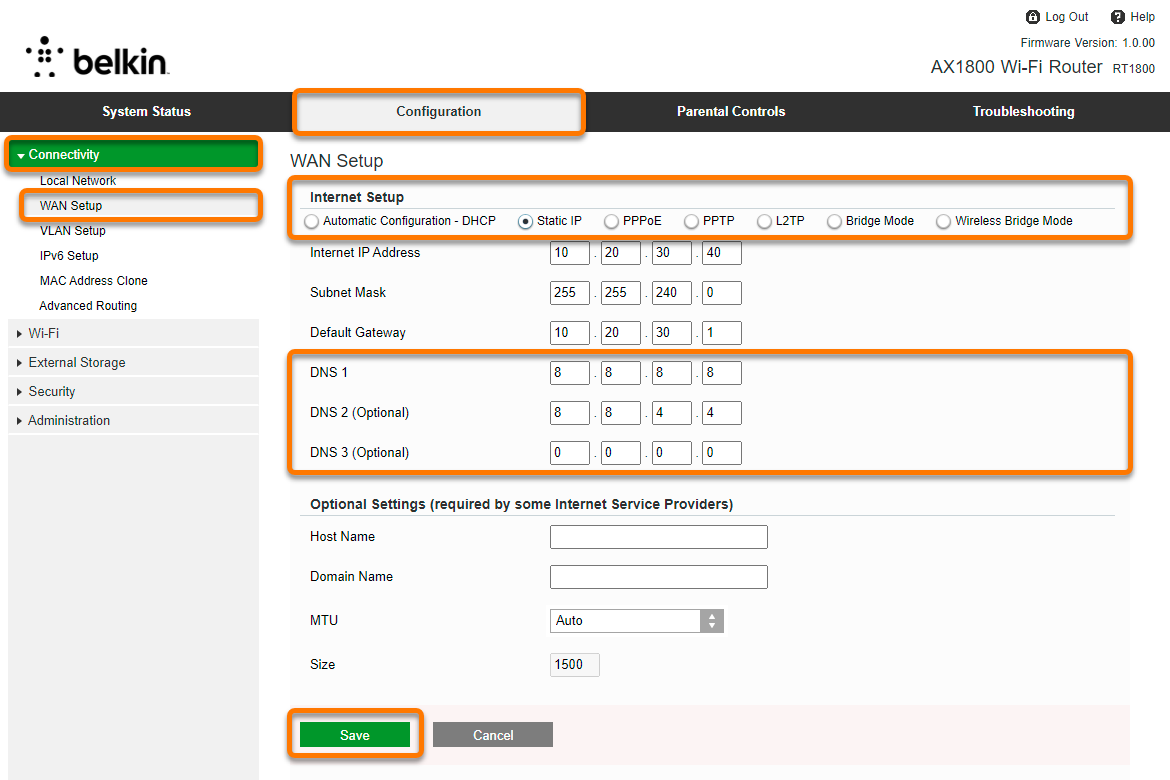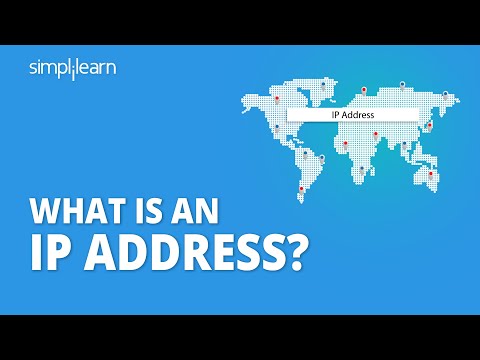
Web servers are the servers that host websites and web apps on the Internet. There are many different types of server available. Choosing the right one for your needs will depend on factors such as deployment, use case and operating system. Here are a few options for you to consider:
Local Servers
Local web servers are the best option if you run a small company or host a website of limited size. These servers have been designed to be used for hosting websites and are more convenient and secure.
Open Source Web Servers
Each has its own pros and cons. However, some stand out. Apache, Nginx Lighttpd Caddy, and Lighttpd all fall into this category.

Apache is used as the main web server by more than 50 percent of websites. It is open source, free to download and install, and offers a modular structure making it easy for developers to add new features and make adjustments to their site's configuration.
Nginx
Nginx, a high-performance lightweight web server is reliable and fast. It is used by many businesses for serving static and dynamic content. It supports SSL/TLS as well basic HTTP authentication and virtual hosting.
Lighttpd
Lighttpd aims at delivering low resource use, high speed, and a compact footprint. This allows it to run on systems without enough memory or storage space, and still consume less CPU power.
LiteSpeed
LiteSpeed is another web server that you should consider. It was developed specifically for environments with low memory, such as embedded devices and home computers. This server was developed in response to the resource demands of other mainstream servers. It is one of your fastest options when it comes to resource usage.

Cherokee
This web server was developed as a personal project by an individual developer. While it may not offer some of Nginx's or Lighttpd's cutting-edge features, it can still be a good choice for those who want to host their websites in a simple environment that is easy to maintain. It has a user-friendly interface, making it easy to use even by casual users.
Caddy
Caddy, unlike most web servers does not require additional software or scripts in order to work. Caddy is an excellent choice for people who don't know how to configure the Apache or Nginx servers.
This server's architecture is similar to Nginx. However, it handles requests asynchronously and in one thread. This can be helpful on systems with few CPU cores. It's a bit less scalable than Nginx but still manages to handle a few hundreds requests per second.
FAQ
How to Create a Static Website
Two options are available when you create your first static web site.
-
Content Management System (a.k.a. WordPress): You can download this software and install it on your computer. Then you can use it to create an essential website.
-
You will need to create a static HTML website. If you already know HTML, it is simple to do.
If you plan to build a large website, you may want to consider hiring an expert to create your static website.
However, it is a good idea to start with option 2.
What is a responsive website design?
Responsive Web Design (RWD) is an approach to designing websites where content displays responsively on all devices - desktop computers, laptops, tablets, smartphones, etc. This allows users to simultaneously view a website from one device while still being able to access other features, such as navigation menus and buttons. The goal of RWD is to ensure that when a user views a site on any screen size, they view the exact version of the site.
A website that sells primarily through eCommerce would be an example of this. You want your customers to be able to purchase products from your store, even if they are viewing it on a phone.
Responsive websites will adjust their layout according to the device that is being used. A website that is viewed on your laptop will display the same way as a desktop website. It will be different if the page is viewed from your phone.
This means that you can create a single website that looks great on every type of device.
What is a website static?
A static website can be hosted anywhere, including GitHub Pages, Amazon S3, Google Cloud Storage, Windows Azure Blob storage, Rackspace Cloud Files, Dreamhost, Media Temple, and others. You can also deploy static sites to any platform that uses PHP, such WordPress, Drupal Joomla! Magento PrestaShop.
Static web pages are usually easier to maintain because they're not constantly sending requests back and forth between servers. They load quicker because they don't need to send requests back and forth between servers. For these reasons, static web pages are often better for smaller companies that don't have the time or resources to manage a website properly.
How much does it take to build a website.
The answer to that question depends on the purpose of your website. Google Sites may not be required if you simply want to provide information about yourself or your company.
If you want to attract more visitors to your website, however, you will need to pay for something stronger.
A Content Management System (like WordPress) is the best solution. These programs can be used to build a website quickly and easily without having to know any programming. You won't be hacked because these websites are hosted by third parties.
Squarespace offers a great way to build your website. You can choose from a range of plans, ranging in price from $5 to $100 per monthly depending on what you need.
Which website builder should I use?
It is best to start small in order to establish a web presence. If you have the resources and time to create a fully-fledged website, go for it. If you don't have the resources to build a full-fledged site, a blog may be the best choice. As you learn to develop and design websites, you can always add new features.
But before you build your first website, you should set up a primary domain name. This will provide a point to which you can publish content.
Statistics
- When choosing your website color scheme, a general rule is to limit yourself to three shades: one primary color (60% of the mix), one secondary color (30%), and one accent color (10%). (wix.com)
- The average website user will read about 20% of the text on any given page, so it's crucial to entice them with an appropriate vibe. (websitebuilderexpert.com)
- At this point, it's important to note that just because a web trend is current, it doesn't mean it's necessarily right for you.48% of people cite design as the most important factor of a website, (websitebuilderexpert.com)
- Did you know videos can boost organic search traffic to your website by 157%? (wix.com)
- It's estimated that chatbots could reduce this by 30%. Gone are the days when chatbots were mere gimmicks – now, they're becoming ever more essential to customer-facing services. (websitebuilderexpert.com)
External Links
How To
What is website hosting?
Website hosting is the place where visitors go to visit a website. There are two types of website hosting:
-
Shared hosting – This is the most affordable option. Your website files will reside on a server belonging to someone else. Customers visiting your website send their queries over the Internet, to that server. You then receive the request from the owner of the server.
-
Dedicated hosting – This is the most expensive option. Your website is only accessible from one server. No other websites share space on the server, so your traffic stays private.
Most businesses choose shared hosting because it's less expensive than dedicated hosting. You can use shared hosting if the company owns the server to provide the resources required for your website.
Each option has its pros and cons. These are the key differences between them.
Sharing Hosting Pros
-
Lower Cost
-
Easy to Set Up
-
Frequent Updates
-
It can Be Found On Many Web Hosting Companies
Hosting shared can be as low as $10 per month. But keep in mind that this price usually includes bandwidth. Bandwidth refers the data that you can transfer over the Internet. So even if you only upload photos to your blog, you may still pay extra money for high amounts of data transferred through your account.
You'll soon discover why you paid so much more for your previous host when you get started. Most shared hosts don't offer any customer support. While they may occasionally assist you in setting up your site and other tasks, after that you are all on your own.
You'll want to look into a provider that offers 24-hour phone support. They'll take care of any issues that come up while you sleep.
Cons of dedicated hosting
-
More Expensive
-
Less is More
-
Specific Skills Required
You're getting everything you need with dedicated hosting to operate your website. You won't worry about how much bandwidth you are using or how much RAM (random Access Memory) you have.
This means that you will have to pay a little more upfront. You'll soon realize that your business is self-sufficient once it's online. You'll become an expert at managing your servers.
Which Is Better For My Business, So Which Is Better?
It all depends on the type of website you are creating. If you only want to sell products, then shared hosting might be the best choice. It is simple to set up and easy to maintain. A server shared with several other sites means that you will receive frequent updates.
However, dedicated web hosting is the best way to build a community around you brand. Instead of worrying about traffic, you can concentrate on building your brand.
If you're looking for a web host that offers both options, we recommend Bluehost.com. They offer unlimited monthly data transfers and 24/7 support. You can also register domain names for free.